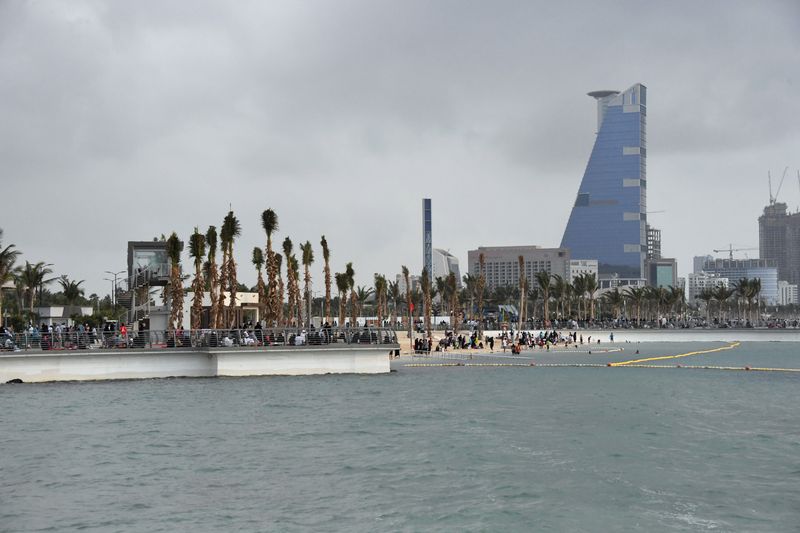ABU DHABI (Reuters) - Saudi Arabia, the Arab world's biggest economy, attracted foreign direct investment inflows of 96 billion riyals ($25.6 billion) in 2023, beating official targets, according to government data based on a new calculation methodology.
The kingdom introduced a new methodology last year to collect and report FDI data in a bid to bolster the transparency and accuracy of the published statistics, which led to a significant upward revision in total figures for 2022.
The ministry of investment said in its latest report that actual FDI inflows last year were 16% more than the targeted 83 billion riyals under the National Investment Strategy (NIS), and equivalent to 2.4% of the country's nominal GDP.
Inflows were up 50% over 2022 figures, after excluding a one-off Aramco (TADAWUL:2222) pipeline deal valued at 55 billion riyals in 2022.
Saudi Arabia is in the middle of a massive economic overhaul overseen by Crown Prince Mohammed bin Salman under the Vision 2030 plan to boost non-oil growth, expand the private sector and create jobs.
The National Investment Strategy is targeting FDI of $100 billion by 2030, or almost 6% of the country's GDP.
Total FDI stock stood at 897 billion riyals by the end of 2023, accounting for 22.5% of GDP and up 13% from the previous year.
The manufacturing, finance and insurance, construction, and wholesale and retail trade sectors were the top draws for FDI last year making up 78% of total FDI inflows in 2023, the report showed.

The government has said it would update existing investment laws in a bid to increase transparency and promote equal treatment of local and foreign investors.
($1 = 3.7552 riyals)